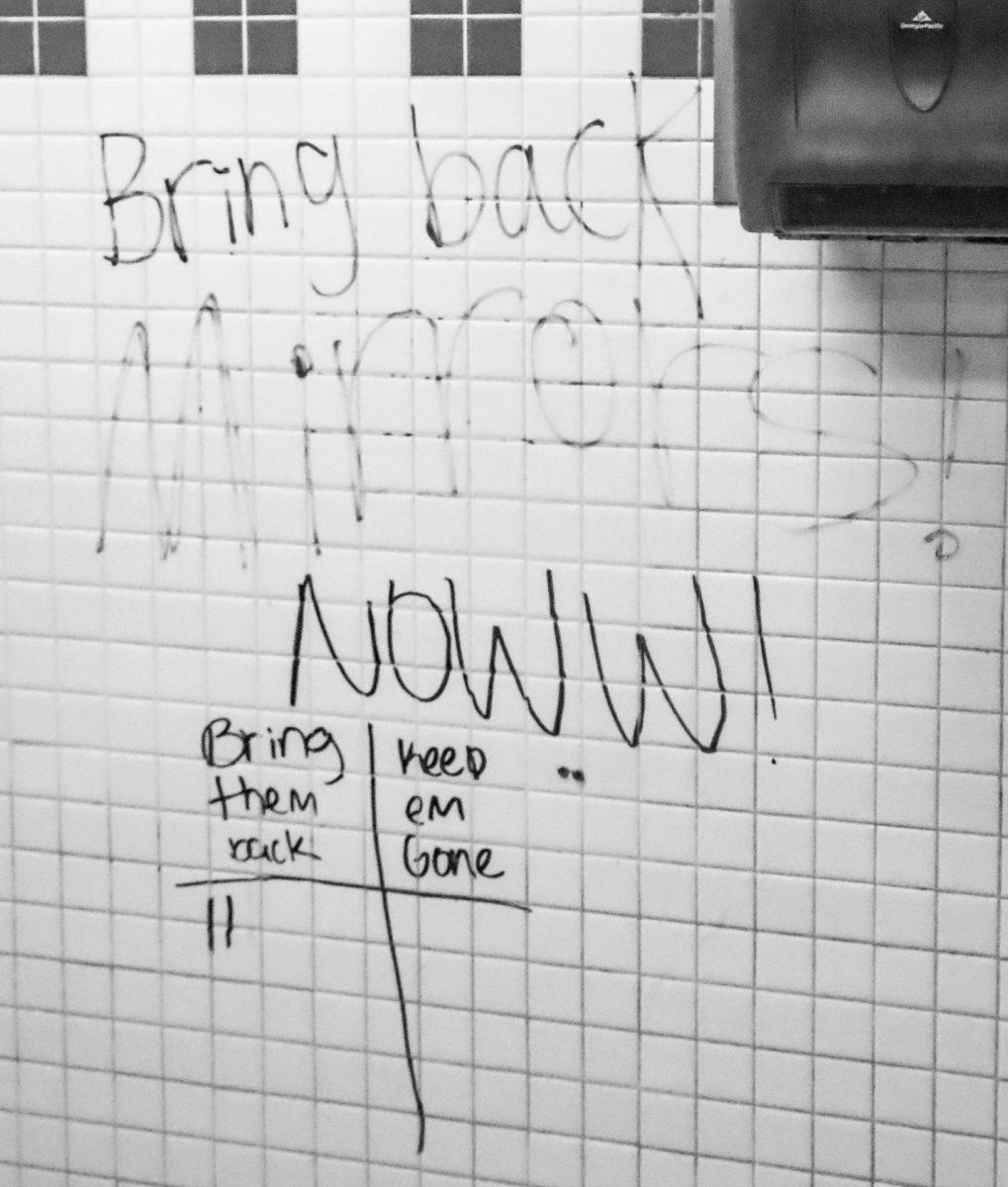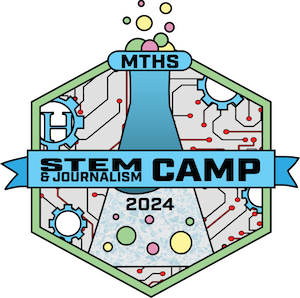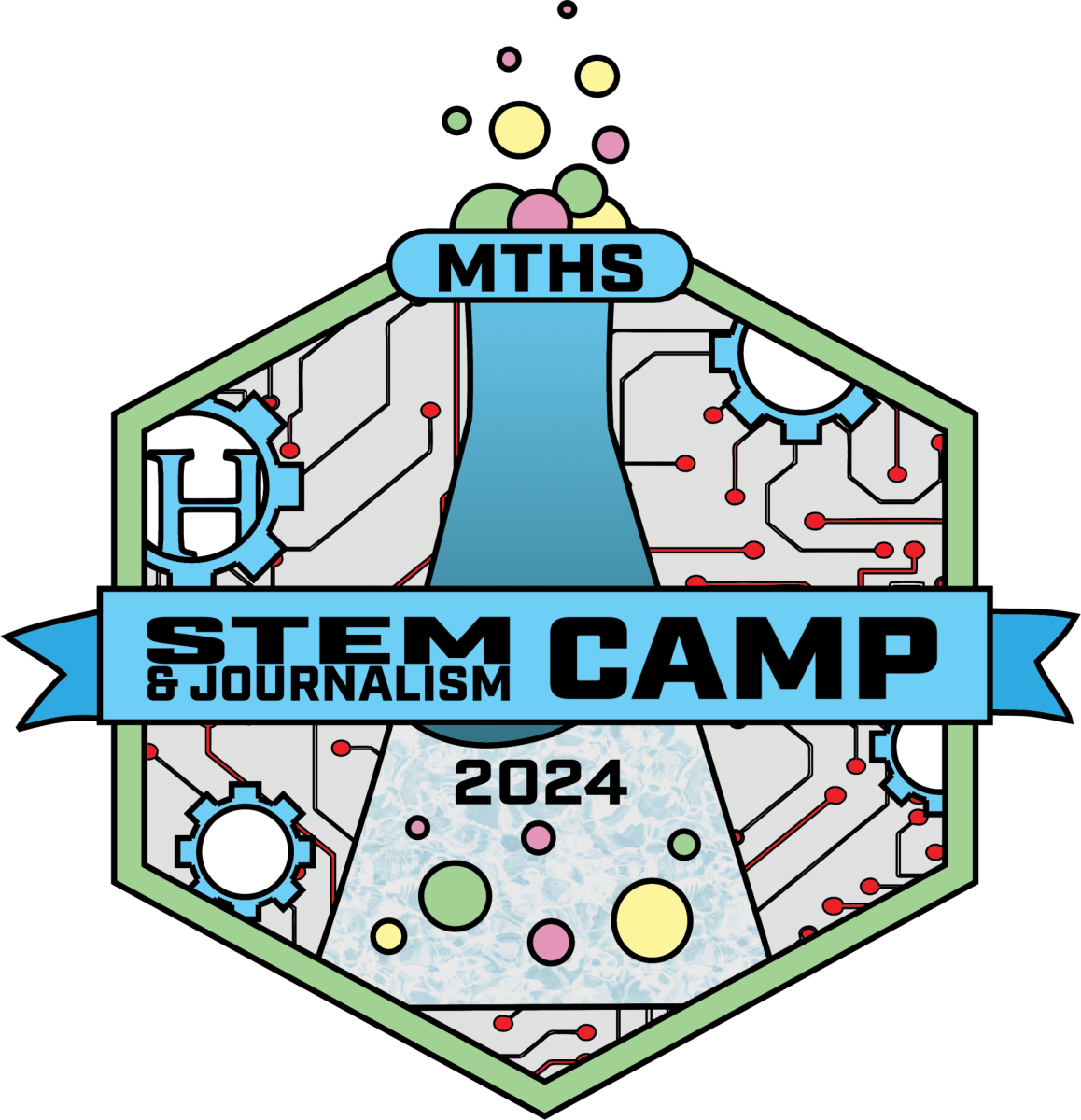The Edmonds Education Association (EEA) and the Edmonds School District (ESD) came to a tentative agreement late Thursday, March 18, as the district plans to reopen schools for students in grades 3-12. This agreement comes after Gov. Jay Inslee issued an emergency proclamation mandating all districts in the state of Washington to provide students the option to return for in-person instruction two days a week by mid-April.
Since that announcement on Friday, March 12, the EEA, the labor union representing teachers in the ESD, has worked relentlessly with the district to come to an agreement on working conditions for reopening both elementary and secondary schools.
“We don’t love it [the plan], but it’s the best we could come up with given the situation,” Andi Nofziger, EEA president, said.
Upon reopening schools on April 19, all students will be split up into three cohorts. The first cohort (cohort A) will consist of students with last names beginning with A through Le. The second cohort (cohort B) will consist of students whose last names start with Le through Z. The third cohort (cohort C) will consist of all the students who choose to remain in fully remote learning.
Cohort A will attend in-person instruction on Mondays and Thursdays, and cohort B will attend on Tuesdays and Fridays. Secondary students in cohort C will continue to join their classes via Zoom four days a week. Wednesdays will remain asynchronous learning days, where students will work independently from home.
“The secondary students who are staying fully remote will Zoom in all four days,” Nofziger said. “Teachers will be teaching those in the classroom with them, but they’ll have students on Zoom as well.”
Nofziger also explained that on the days that in-person students are not in the classroom, they too will Zoom in from home.
This new model will also bring a change in start times. Since MTHS’s standard start time is 7:20 a.m. classes will begin at 7:20 for both Zoom and in-person students each day.
“Classes will start at each school’s normal start time, but we had to cut half an hour off the end of the day for bus runs,” Nofziger said.
So, the MTHS school day will end at 1:20 p.m. instead of 1:50, the normal end time. If the school continues to follow the six-period school day, each class will be 45 minutes long, with a seven minute passing period and a 30 minute lunch.
“It’s not ideal, but we chose this model so we could keep students and teachers together as much as possible,” Nofziger said.
With teachers teaching both in-person students and remote, Nofziger hopes that there will be very little reshuffling of schedules required. However, despite the Center for Disease Control and Prevention (CDC) reporting that three feet of social distancing is acceptable for kids as long as masks and other precautions are employed, classrooms can only fit 12 students at a time. If more sign up to come to class in-person, schedules may need to be reshuffled.
While this model was decided upon with all stakeholders in mind, Nofziger knows that it isn’t optimal. For one thing, teachers are expected to teach to separate groups simultaneously, and that’s a daunting task. This model also provides an extra challenge for hands-on classes, like science and CTE.
“For English or history, this is a little easier to do, but it gets tricky with lab or CTE classes that require such hands on work,” Nofziger said.
In such cases, teachers have the opportunity to use their best judgment of how to run their class. Nofziger imagines that for a class like science or CTE, where items need to be handled with care, the teacher might supervise those in-person so they can have the experience of doing the activity, and those at home may be given an alternate assignment for understanding.
“Ultimately, it will be up to the teacher in terms of what would be best for them and their students,” Nofziger said.
Nofziger also explained that office hours, the time when students can go in and get extra help from their teachers, will continue to be offered throughout the week. On days when teachers are teaching in-person students, office hours will only be half an hour after school, but on Wednesdays, they will be available at the same times that they currently are.
“We imagine that on those in-person days, the teachers will probably pay a little more attention to the kids right in front of them, so office hours give the remote kids a chance to have that one on one time with their teacher if they need it,” Nofziger said.
Gov. Inslee’s proclamation came out of nowhere, and the EEA and ESD worked through the weekend to come up with a plan that would have the best result.
“We tried to disrupt your lives as little as possible,” Nofziger said. “That’s why teachers are taking on this imposing task of teaching two separate groups. It’s definitely a heavy lift.”
In an email, the ESD shared this plan with families. They also explained that in order to continue following safety guidelines, each family in the district will receive an attestation form in their emails every single day. If a student is going into the building for an onsite activity or for in-person learning, they must fill the form out before they can enter the building.
The ESD also understands that families might want to change their answer on the intent form for whether their student will return to in-person learning or stay fully remote. The form was first sent out when families didn’t know what the plan was going to be, and now that the plan is being shared, the district intends to work with families to give their students the best possible experience.
“We know these [schedules] are not perfect for everyone, and we know some families may want to change their student intent form after learning more about the plans. Please contact your school to change your student intent form,” Superintendent Dr. Gustavo Balderas wrote in an email to families.
These plans will be shared with the School Board at their next business meeting where they will vote on them.
In a survey conducted by the Hawkeye, out of 127 student respondents, 50.4 percent said they would stay fully remote starting April 19. 49.6 percent, however, said they would go back in-person.
While many are concerned about their safety and have chosen to continue with remote learning, others seem excited for the change.
“My grades and mental stability have been decreasing consistently throughout the course of online learning, and I really need a change,” junior Anabelle Sumera-Decoret said. “If I can start doing hybrid in-person learning as a way to get a change of environments, then I feel like I could start recovering and getting back to being the good student I used to be.”





